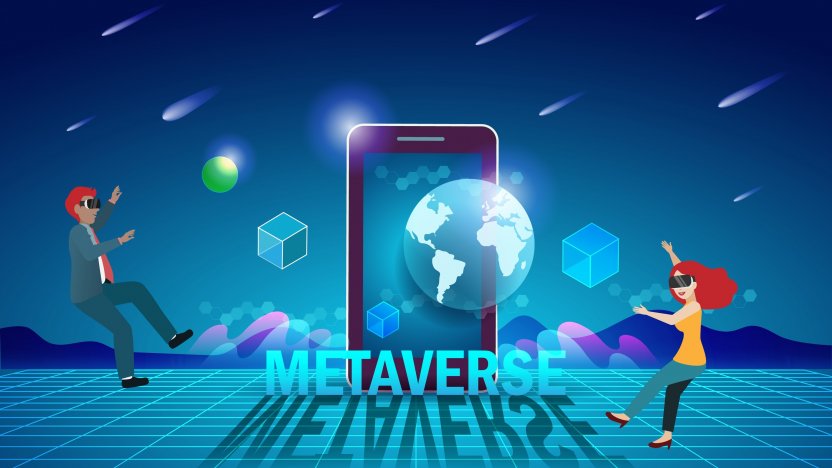Metaverse NFT tokens: Fad or revolution?

Non-fungible tokens (NFTs) became a hot topic and a potential cause of panic for many IP owners at the beginning of the year. Could the arrival of NFTs and the growth of the virtual herald a revolution for IP rights, asks Aurelie Guetin.
NFTs are digital files that possess a digital certificate of authenticity. They can be any kind of file from photos to videos and even pieces of music. As a unique form of property, they can be exchanged for financial payment, just like physical (or tangible) property. The difference is that they are works that you can never hold physically in your hand.
In June 2021, for example, an artist known as Beeple sold a piece of digital art for $69.3 million sparking the imagination of digital professionals around the globe. Since then, many NFT projects have emerged, including a blockchain-based lottery and an immersive adventure game by Ben Mauro, the creator of Huxley, an NFT comic book series.
Metaverse NFT tokens: A cause for concern?
The appearance of these virtual goods, which are traded for seemingly excessive sums, has quickly generated concern among IP owners. In particular, questions are being raised not only about how to protect these valuable virtual files, but also how to protect IP rights from infringement in the NFTs being traded and marketed in the metaverse.
The best-known case – and cause for concern – has been the Metabirkin, a series of NFTs created by artist Mason Rothschild that represent fur bags ‘inspired’ by the famous Birkin handbag produced by French luxury design house Hermès.
Hermès filed a complaint to New York’s District Court, accusing the artist of being "a digital speculator seeking to get rich quick by appropriating the Hermès trademark, Birkin”.
Nike is also involved in another recent case. The footwear giant launched a lawsuit against the retailer StockX in early February 2022, claiming that it was selling NFTs displaying Nike's trademarks without permission.
How can IP owners protect their trademark rights in the Metaverse?
There are many uncertainties for rights holders in the fast-evolving digital landscape. Left unmonitored and unchallenged, there is also the risk that unauthorised third parties may be able to escape the legal, geographical and social limits in this new Metaverse world that they face in ‘normal’ life.
As a result, litigation is certain to multiply as fraudulent activity continues to grow. As important, IP owners will need to adapt in order to update their everyday processes to this new virtual landscape. Contracts provide a pertinent example, as prior to the emergence of the Metaverse and NFTs, agreements did not provide for such new use.
At present, however, the measures to be taken are not easy to define because the types of infringement vary. The most common are the infringing use of a trademark on an NFT in the Metaverse, the identical reproduction of a work marketed as an NFT, and the duplication of an NFT giving rise to copyright infringement.
Faced with such infringement, there are several problems to address, including the geographical challenges of enforcing IP rights in a virtual world. Add to this the inherent difficulties:
- identifying the creator as well as the seller of the NFT;
- obtaining the withdrawal of the NFT stored on the blockchain; and
- in the case of trademarks, qualifying infringements as trademark use.
If they are to protect themselves in this new economy and online in general, IP owners first need to identify and mitigate the risks.
For copyright, since protection is acquired at the time of creation, measures will become clearer with case law. For trademark owners, considering protection of their rights for virtual goods is an important first step.
It is to be hoped that the national and regional trademark offices and judicial bodies will not recognise a difference between a virtual bag and a real bag. It would be a legitimate argument, for example, for infringement to be found and sanctioned without obliging trademark owners to re-file in order to acquire protection specifically for NFTs.
What is clear is that IP owners need to have proactive online brand protection strategies in place to support them and their trademark rights in the fast-evolving digital landscape.
To find out more about trademarks, NFTs and the metaverse, watch the recording of our recent webinar ‘In the age of Metaverse and NFT: how to prepare and protect yourself for this new world’ (hosted by Questel) or contact us below.
Aurelie Guetin is Managing Director – Trademarks at Novagraaf France.